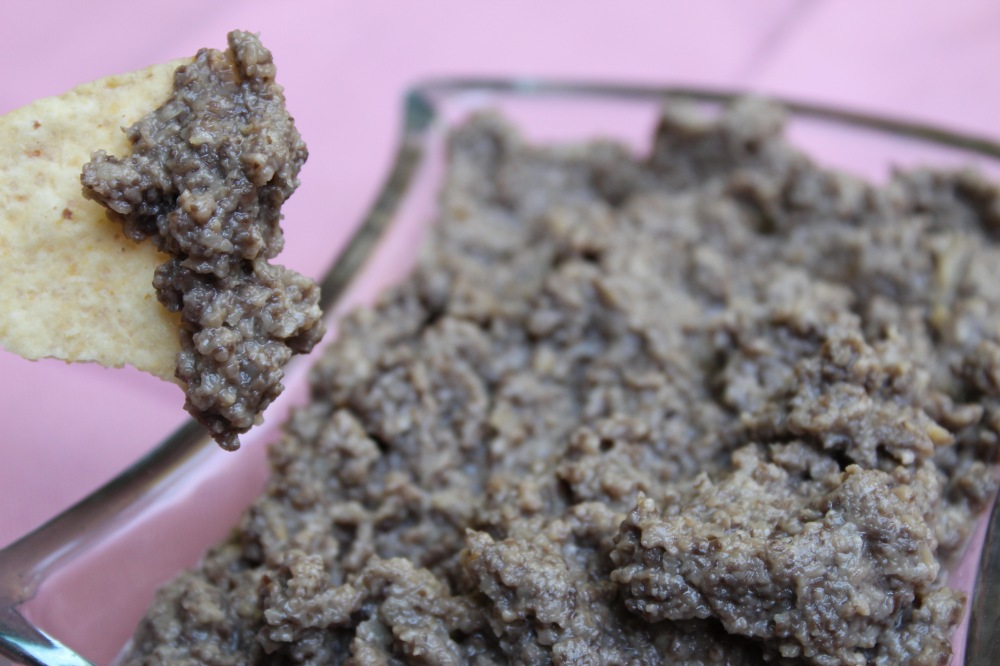I’ve been flipping through cookbooks recently, (it’s a common pastime) and it struck me how many ingredients are in each recipe. This is not some sort of epiphany; of course, it takes a lot of foods to create something unique, but sometimes it seems that there are so many ingredients, they all get lost in the dish.
Here’s an example: carrots. If you had home-grown or fresh carrots, how would you eat them? If you liked them, I’d guess you’d eat them raw and enjoy the fresh, ripe flavor. Yet if you had old carrots about to decay, you’d probably cook them into a meat dish or muffins where their quality doesn’t matter.
Nothing can really replace foods in their prime. Yet many recipes seem to undermine that, mashing foods together until you can’t differentiate them.
The struggle with cooks nowadays is that everything has been done before. The only way to make something unique is to create a double-stuffed-pie-turnip-roasted-burger-slaw. Yay, a new dish! …What is it exactly?
It’s time to take a step back. Basic, simple meals are becoming forgotten in the age of packaged and processed foods.

It upsets me when additional ingredients are added to foods that don’t need it. Restaurants and food packagers do it all the time. Did you know many restaurant soups have cream in it? Or that many store-bought tomato sauces contain sugar? Many times I was checking a label to see if it was gluten-free, and it wasn’t. I mean, why would anyone put flour on spiced nuts?
Manufacturers use a lot of fillers to reduce costs and sell more. Take potato chips, for example. There’s more air in that bag than chips. You have to buy more bags to fill up a bowl to serve at a party, and therefore the chip factory makes more money. If the restaurants put cream in their soup, they make the soup bigger while adding more flavor and thickness.
Yet a good soup does not need cream to thicken it. It needs fresh ingredients and a good simmering time.

Similarly, some dips and spreads are filled with so much mayonnaise, you forget what the dip is supposed to be. In most cases, nature does not need that help. It tastes just fine on its own.
Let’s talk about mushroom dip in particular, because, shocker, that’s the recipe featured below. In the few times I’ve tried mushroom dip, I was disappointed in the large amount of mayo in it. Call me crazy, but I’m not a fan of that jiggly white blob of fats.
In some cases, mayo or something else is needed as a binder, like in olive dip. Those olives aren’t sticking to themselves. Yet in eggplant dip, none is necessary. Follow the link if you want proof. Shocker again, neither do mushrooms. Sauteed mushrooms are already so full of flavor; you don’t need to add large amounts additional spices or other ingredients. I mean, you can. But first, try the recipe below.

No-Mayo Mushroom Dip
Ingredients:
- 17 mushrooms, white or shitake
- 2 tbsp grapeseed oil
- 2 tsp minced garlic
- 1/2 tsp salt
Directions:
- Wash and slice the mushrooms.
- Sautee the mushrooms in the oil on medium-low heat for about 20-25 minutes, until the mushroom s are soft.
- Remove from pan and allow to cool.
- Strain the mushrooms from the leftover liquid and blend in a food processor with the garlic and salt until smooth.
- Serve with bread, crackers, and corn chips. Store in the fridge.

there is an idea with mushrooms
LikeLike